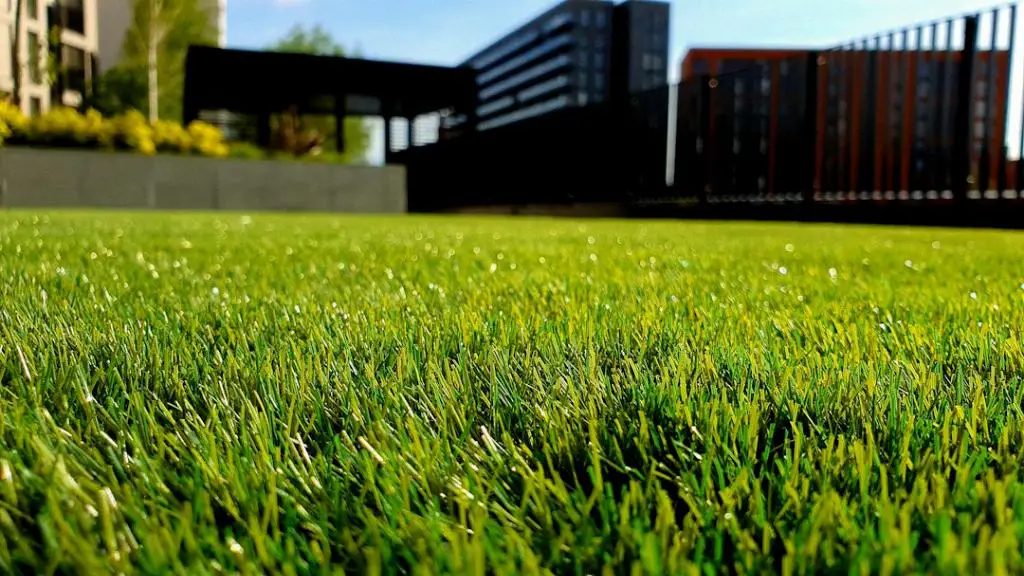When it comes to maintaining a healthy lawn, one of the key factors to consider is the presence of thatch. Thatch is a layer of dead grass, roots, and organic matter that accumulates between the soil and the green vegetation in your lawn. Knowing what lawn thatch looks like is essential in order to address any issues that may arise.
Texture and Feel
One of the most common ways to identify lawn thatch is by the texture and feel of your lawn. When walking on your grass, if it feels soft and spongy underfoot, it could be a sign of an excessive thatch layer. This sponginess indicates that there is a thick layer of organic material that is not breaking down properly.
Visual Cues
In addition to the texture, visual cues can also help you identify lawn thatch. A clear indicator of thatch buildup is a thick brown layer at the soil surface near the edge of your lawn. This layer may appear as a dense mat of dead grass, preventing water and nutrients from reaching the soil underneath.
Grass Discoloration
Another sign of lawn thatch is grass discoloration. If you notice patches of yellow or brown grass in your lawn, it could be due to thatch preventing water and nutrients from reaching the roots. This lack of proper nutrition can lead to the decline of your grass’s health.
Compacted Soil
Thatch buildup can also contribute to soil compaction, which further hinders water penetration and root growth. If you find that your soil is hard and compacted, it may be a result of excessive thatch layer preventing proper aeration and water infiltration.
Increased Pest Activity
Moreover, lawn thatch can attract pests and insects that feed on decaying organic matter. If you notice an increase in pest activity in your lawn, such as grubs or ants, it could be a sign of thatch buildup providing a habitat for these unwanted visitors.
Water Runoff
Another indication of lawn thatch is water runoff issues. When watering your lawn, if you observe that the water is pooling on the surface rather than being absorbed, it may be due to a thatch layer preventing proper drainage and water infiltration into the soil.
Healthy Grass Blades
On the other hand, healthy grass blades are a good sign that your lawn is free from thatch issues. If your grass appears vibrant green and grows evenly, it suggests that water, nutrients, and air are reaching the roots effectively, without obstruction from excessive thatch.
Impact on Lawn Health
Understanding what lawn thatch looks like is crucial for maintaining the overall health of your lawn. An excessive thatch layer can suffocate your grass, leading to nutrient deficiencies, waterlogging, and increased susceptibility to diseases and pests.
Preventative Measures
To prevent lawn thatch buildup, regular dethatching and aerating of your lawn are recommended. These practices help break down thatch, improve soil aeration, and promote healthy root growth. Additionally, mowing your grass at the appropriate height and avoiding over-fertilization can also prevent thatch accumulation.
Consulting Professionals
If you’re unsure about the status of your lawn’s thatch layer, consider consulting a lawn care professional. They can assess the condition of your lawn, provide recommendations for thatch removal, and offer tailored solutions to improve the health and vitality of your grass.

Final Thoughts
In conclusion, being able to recognize the signs of lawn thatch is essential for maintaining a lush and healthy lawn. By identifying the symptoms of thatch buildup early on, you can take proactive steps to address the issue and ensure that your grass continues to thrive for years to come.
